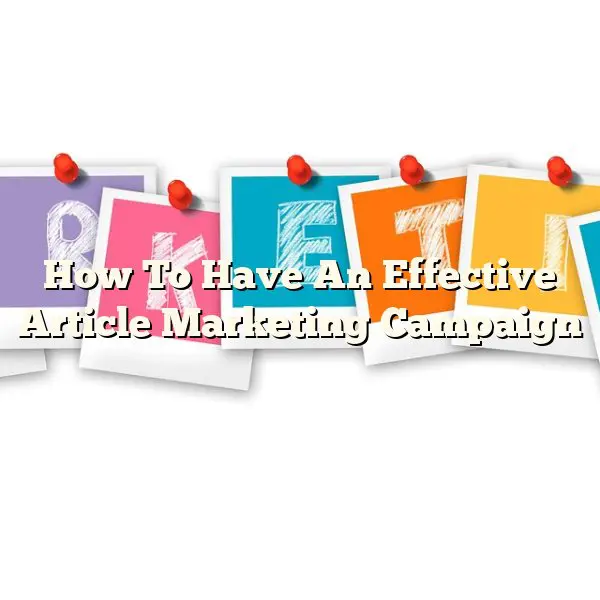A webpage layout is defined by using Headers. Terms of importance on a webpage are usually the biggest and more prominent. The H1 tag stands for Header1 which, in HTML, is used in conjunction with the other header tags, H2 through H6, to determine site layout. The lower the number, the less importance to the page these tags indicate. And, of course, it breaks the page into logical portions for a human reader. Think of a magazine article. The article title is likely the most important element and is defined as H1. Then, perhaps, there is a subtitle which gets assigned a H2 tag and so on until the article body itself begins and is usually given a ‘p’ or ‘paragraph’ tag. The search engines also want to see a page with some logical breakdown of content.
So, can I use more than one H1 tag on a page? There is some controversy around this point. Many will argue multiple tags can occur, per page. Others will always suggest only one on a page at a time. They do seem to agree that abusing these tags on a page is always a bad idea. The search engines have shown that they will penalize pages and, in some cases, harshly, for doing so. For example, take a look at WordPress as a platform. They have a reputation for SEO. The default theme, Twenty Eleven, makes two H1 tags on a page by default. If that’s the default, it seems like it can’t possibly be a problem to put two. Bing, however, always suggests only one H1 tag per page.
Developers can also create H1 tags on images. Many prominent, well-ranking websites utilize these tags. Of course, Bing also suggests that all H1 tags are text only. So, it doesn’t appear as if using H1 tags as part of images is a huge problem, but should be avoided when possible. If they truly appear to be a prominent part of the page then a Header1 tag may be a sensible approach. However, typically it’s preferred to leave H1 tags to the title of a page or post, and leave images without them. This is because the same image, whether it be a logo or other image is displayed on multiple pages. SEO specialists may want to use a unique H1 tag on every page from an SEO strategy perspective, and not repeat the same phrase multiple times. This is much easier to achieve by reserving the H1 tag for text. One could, however, choose to use two H1 tags on the page, one on the logo and one for the title. However, since the logo appears at the top of the page it would be evaluated first.
How much SEO benefit will I get from using Header tags? Tags are proven to help gain positive search results and on-page search engine optimization. “On-page SEO only goes so far,” says Jim Jeffrey from a NJ Internet Marketing Company. “However, if your only means of promoting a website is organic, on-page SEO, then page layout and tags are the most important factors.” In this scenario, designers would certainly want to take advantage of whatever tools are at their disposal.
So, yes, these tags are meaningful for a few reasons. For one, it’s possible to gain some SEO advantages by properly assigning these tags to the right page elements. It’s also true that abusing them is surely a way to get a website penalized by the search engines. Also, including too many is confusing for the reader and since that’s who a site is ultimately for, it should look right. Even though there appears to be no problems with using more than one, designers may wish to keep one single most-important element reserved for H1. In addition, developers can create separate keyword rich page elements, one for H1 and one for a page title. This way a website can garner as much SEO value as possible.
Learn more about Internet Marketing and find out about our small business packages from a local NJ Internet Marketing Company, The New Jersey SEO Firm. We put companies on the front page.




